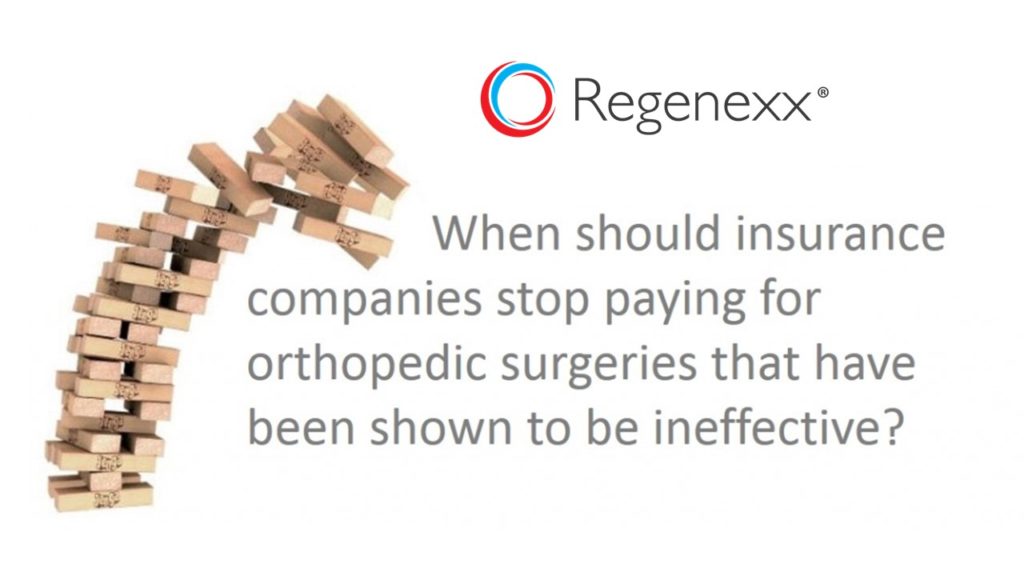The Orthopedic Structural Paradigm is Dead…
We have a serious problem in orthopedic care that is negatively impacting patient health on a daily basis. It likely causes more morbidity than operative infections and hospital errors combined. What is it? While the research continues to argue that the structure we see on MRIs is relatively unimportant in explaining why patients have pain, the entire surgical orthopedic system is focused on fixing that structure-often hurting more patients than are being helped.
First, what do I mean by a structural model? Take for example a meniscus tear. We’ve educated patients to believe that seeing a meniscus tear on an MRI is a very important finding that explains why their knee hurts. In fact, this messaging is so prevalent that this past week I’ve had my own brother, a dentist, and a patient all call me convinced that the reason why their knee hurts is a meniscus tear that was seen on MRI. Each had seen an orthopedic surgeon who further supported that belief. Despite this, each was a middle aged guy and the largest study to date on the topic shows that these men are just as likely to have meniscus tears on their MRIs without any knee pain! Given that research, how could we conclude that the mensicus tear seen after the knee began hurting was the cause of their pain? We can’t. In fact, basing a surgical procedure to cut out the offending tear and exposing these patients to that risk is a really bad idea. How well do these meniscus surgeries work based on the existing research? They don’t work. Hence, are we at that point that if a middle aged patient has a meniscus tear on MRI and the knee hurts, the surgery will no longer be covered by insurance? If we’re not there yet, when?
The orthopedic structural model is failing all over the place in the research literature. Here’s just a short list:
1. The research doesn’t clearly show that ACL surgery for a torn ligament is any better than no surgery.
2. There isn’t convincing evidence that a rotator cuff tear is better off with surgery than without.
3. The long-term effects of knee micro fracture surgery for a hole in the cartilage are pretty bad.
5. Many patients who don’t have hip pain can be diagnosed with some form of impingement, while hip labrum surgery for patients with hip pain is hailed as a break through procedure. Despite the hype, we have very little good evidence that these surgeries help patients versus doing nothing.
5. Few orthopedic procedures have high levels of evidence that they’re effective.
The upshot? Patients walk into a doctor’s office because of pain or lost function. Our existing orthopedic structural paradigm – i.e. something is broken and we need to fix it surgically, is pretty poor based on the existing research and every year more of it falls apart at the seams. Why is this model failing? While structure may be important in some cases, the reason why patients hurt is often much more complex than seeing a little spot on an MRI. It involves nerves, chemicals, and biomechanics-things that the structural model of pain fails to account for-hence the poor results. So what will the next 20 years bring? I expect that orthopedics will get an overhaul similar to the one we saw in the 80’s when arthroscopy came into widespread use. As I’ve said before, for most procedures, needles and biologics will replace scopes and scalpels.

If you have questions or comments about this blog post, please email us at [email protected]
NOTE: This blog post provides general information to help the reader better understand regenerative medicine, musculoskeletal health, and related subjects. All content provided in this blog, website, or any linked materials, including text, graphics, images, patient profiles, outcomes, and information, are not intended and should not be considered or used as a substitute for medical advice, diagnosis, or treatment. Please always consult with a professional and certified healthcare provider to discuss if a treatment is right for you.

